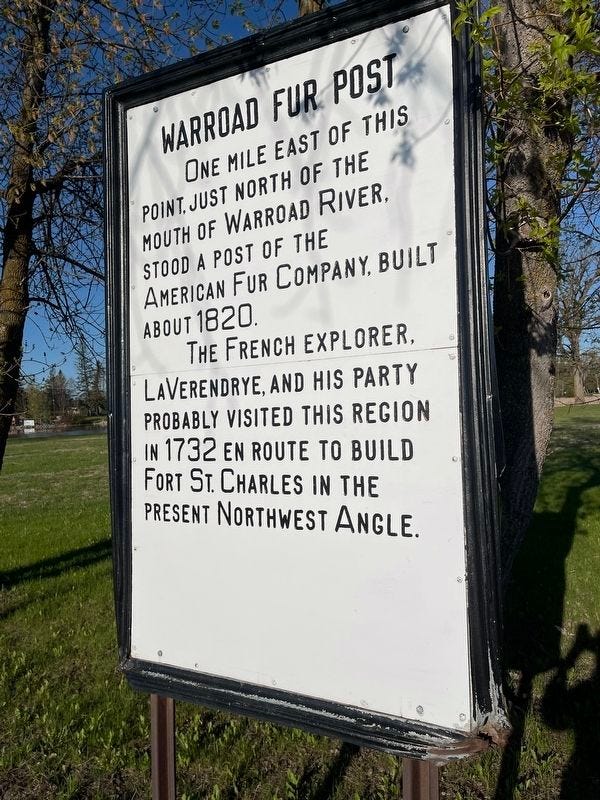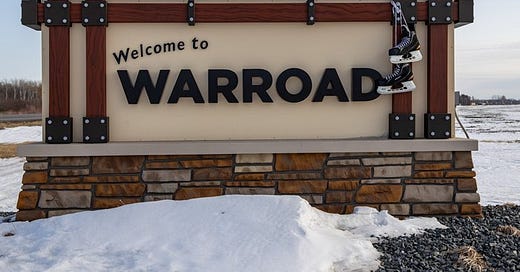Warroad, Minnesota, population 1,810, is six miles south of the Canadian border. Known as Hockeytown USA, the city sits where the mouth of the Warroad River flows north into Lake of the Woods.
It’s where I love to visit my mom’s side of the family on vacation. It’s near the homestead where my great-grandparents, Charlie and Ellen Kling, arrived in 1903.
It’s where Don Kakaygeesick lives as did his father, grandfather, great-grandfather Kakakygeesick and great-great-grandfather Chief Ay Ash Wash.
Kah-Bay Kah-Nong is the Ojibway name for this village where Chief Ay Ash Wash lived when the American Fur Company — started by a German immigrant named John Jacob Astor in 1808 — established a trading post in 1820.

Nearly a century before, in 1731, La Verendrye, a French-Canadian military officer and fur trader, explored west of Lake Superior along the Rainy River and into Lake of the Woods. He stopped at Warroad in 1732 on his way to the Northwest Angle to establish Fort St. Charles.
At the Warroad Heritage Center in the summer of 2014, I came across more than two dozen monographs on local history. One, written by a local priest at St. Mary’s Church in Warroad, was published under the auspices of the Bishop of Crookston, Minnesota, in 1949. He relied upon archival church documents from 1893 to 1937 to offer this description.
“And so in the summer of 1732, when George Washington was but five months old, when the land west of the Alleghenies had yet to feel and hear the tramp of white feet in any number, there stood La Verendrye with his sons, a Jesuit priest, and fifty Frenchman in the heart of the Continent, poised on the threshold of the Lake of the Woods about to continue the search for the Northwest Passage. They had received a grand welcome from the Indians and on this July day in 1732 fifty canoes of them acted as an escort for La Verendrye as he first felt the waters of the Lake of the Woods slap the birch bark sides of his canoe.” (Shanahan, Minnesota’s Forgotten Martyr, 1949:12.)
His is not the only account of what transpired four years after the French arrived on Lake of the Woods. In 1736, the eldest son of La Verendrye along with a priest named Father Aulneau and 19 French voyageurs met a deadly end on Massacre Island in Lake of the Woods when Dakota warriors killed them in retribution for trading guns to the Ojibway.
Last week I wrote about the history of the bear claw necklace and the ceremonial pipe Don showed me from the end of the conflicts between the two tribes near Warroad in the 1770s. This early incident in 1736 on Massacre Island marked the beginning to the conflicts between them.







Way to dig deep, who knew so much history of the area is available in various locations. You inspire.
I like the top map for perspective. I look forward to seeing the location of Massacre Island and learning more. Seems the French could've used some of this background here before inserting themselves (?) And did it slow or keep others away? Thanks Jill.
You’ve sent me on my own hunt ... “Massacre Island” is such an ominous & unforgettable name ... it appears there is some dispute about which of the many Lake of the Woods islands is THE Massacre Island. Love all the history here!